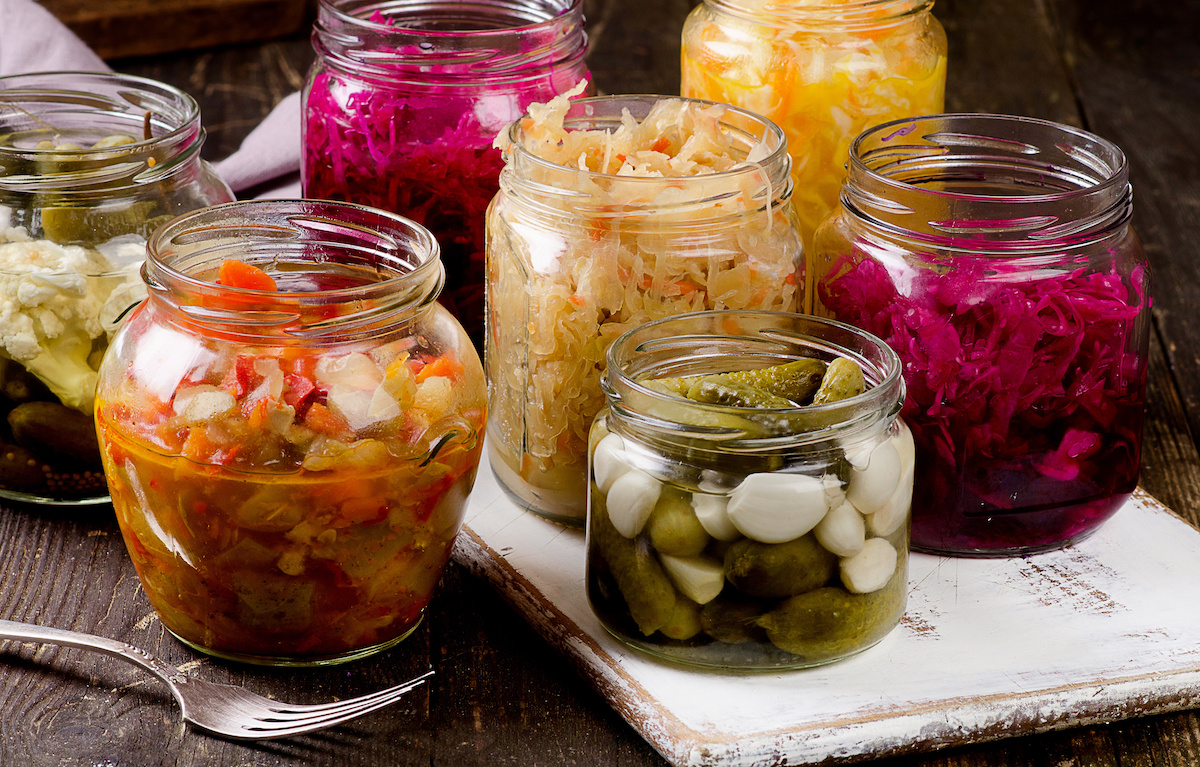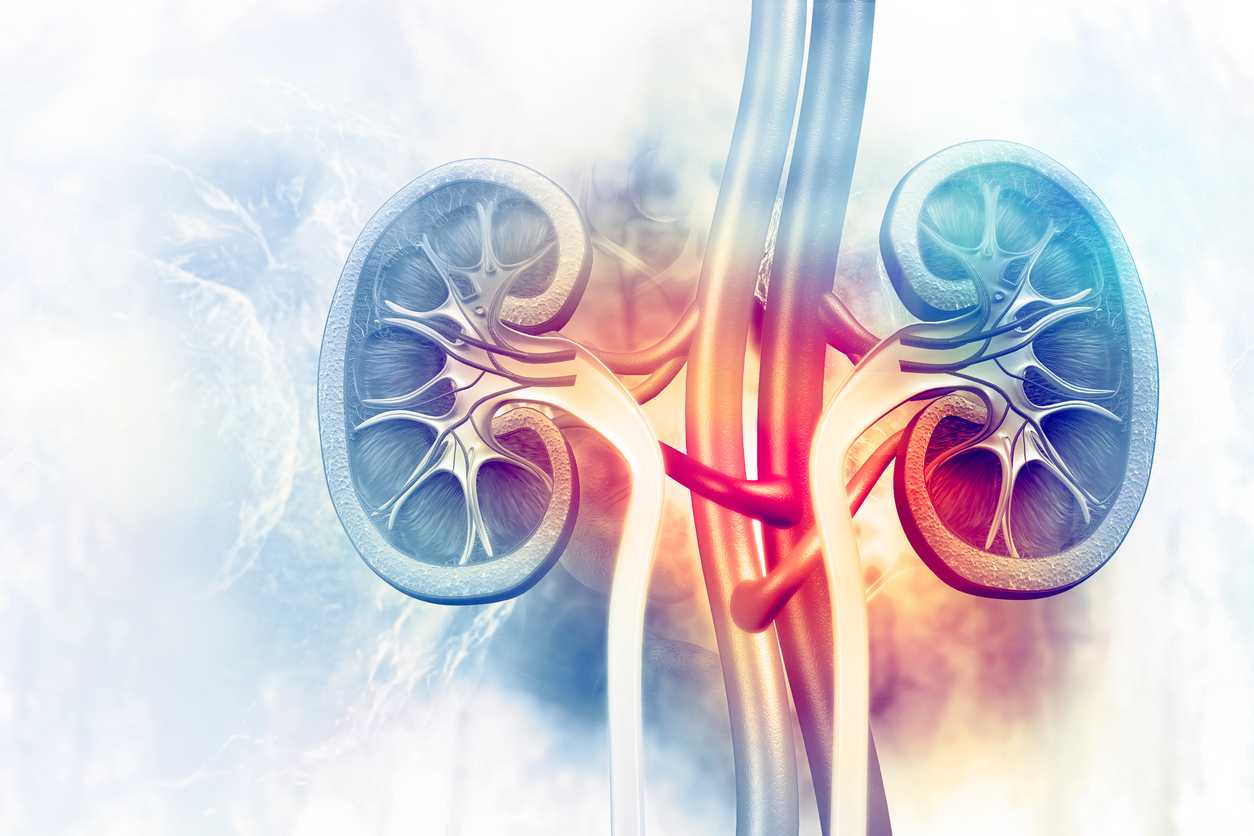The safety, as well as the quality of preserved food items, is largely based on the ingredients used for preservation. Choosing the best quality vegetables and fruits with maximum freshness is the most important step for proper preservation. Commercially, bespoke cold rooms are used for the preservation of a majority of foods. However, there are many natural ingredients some of which are given below that help preserve foods at home:
Table of Contents
Salt as Well as Its Substitutes
Salt is used quite commonly to enhance the flavor of many foods. Canning of vegetables, tomatoes, meats, seafood, and poultry can be done in the absence of salt in case it doesn’t offer safety to them. But in the case of fermented sauerkraut and pickles, salt gives a unique flavor as well as is essential for their safety. The reason is that the salt allows the growth of required bacteria and inhibits the growth of unwanted ones.
An example of pure salt with no additives is pickling salt or canning salt. This is the most ideal type of salt for pickling, canning, and sauerkraut. Kosher salt is a pure, flaked salt and can likewise be utilized for canning.
Sugars and Non-Nutritive Sweeteners
It is essential to comprehend the flavor and heat stability characteristics of various sugars while deciding which sugar to utilize for a particular purpose. Table sugar, also known as sucrose is most commonly used as a sweetening agent. Brown sugar is refined white sugar in which molasses is mixed. Though its flavor is slightly different, its sweetness value is the same as that of white sugar when its volume is considered. Honey is a natural product consisting of fructose as a primary sugar. It can be safely used for canning as well as freezing.

Acidulants for Preserving Food
Acids may be present in the foods naturally or added during the preservation process. While using any acid, a general rule is not to change the concentration of acids. You must not make a dilution of acid with water or use any other acid except if the particular process permits you to do. Vinegar is naturally produced in two steps. In the first step, sugar is converted into alcohol by fermentation and then it is converted into acetic acid.
White vinegar is normally added when light color is required, for example in the case of cauliflower and fruits. Lemon juice is also generally utilized in homes for preserving food.
Color Enhancers & Food Colors
To maintain and preserve the color of fresh-cut fruits, citric acid is used. It is also utilized as a pre-treatment of dried and frozen fruits. It can be utilized either alone or in combination with different compounds, for example, ascorbic acid, EDTA, erythorbic acid, glutathione, and N-acetylcysteine. Many individuals think that it’s more advantageous to utilize commercially available antioxidant formulations. These consist of a combination of citric acid and ascorbic acid.
Ascorbic acid or vitamin C is utilized as an antioxidant to prevent the blackening of fruits. Moreover, natural as well as synthetic food colors are also available. They are not essential in case of high-quality ingredients; however, they are safe when used in the recommended amount.
Texture Enhancers & Thickening Agents
Pickling lime or calcium hydroxide can be added to enhance the texture of pickles and other foods. However, it isn’t required in case high-quality ingredients are utilized. Food-grade lime is often utilized as a lime-water in which fresh cucumbers are soaked for approximately 12 – 24 hours prior to pickling. Calcium chloride is available commercially in food-grade items as Pickle Crisp. It gives the calcium essential to assist pectin to firm. However, it doesn’t have the hydroxide part of pickling lime that can bring down the acidity of pickled products.











![The Next 90 Things To Immediately Do About [pii_email_617e74ec13ae796d04e9]](https://www.adlibsoftware.com/hs-fs/hubfs/_2020%20Website/Data%20Privacy,%20GDPR,%20CCPA/Minimize%20the%20Impact%20of%20Data%20Breaches.jpg?width=2121&height=1414&name=Minimize%20the%20Impact%20of%20Data%20Breaches.jpg)



